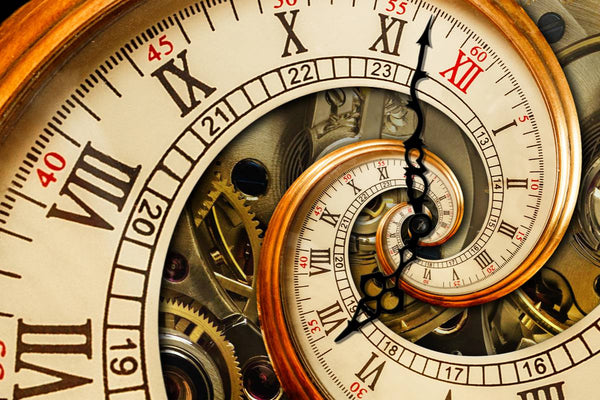The history of the watch goes back several centuries, and has undergone many evolutions over time.
Initially, the watch was designed as a portable clock, which was carried in a pocket, suspended from a chain or cord, and called a "pocket watch".
The first pocket watches were created in the 16th century, but they were very inaccurate, often inaccurate by several hours a day. However, over time, watchmakers improved the accuracy and reliability of pocket watches, making their use more widespread.

During the 20th century, the wristwatch began to gradually replace the pocket watch as the most popular form of watch.
The first wristwatch was designed for men during World War I, as soldiers found pocket watches bulky and impractical on the battlefield.
However, wristwatches were still considered fashion accessories rather than accurate timekeeping instruments. It was only after World War II that wristwatches began to be considered reliable and accurate timekeeping instruments.

Today, the wristwatch is the most common and popular form of watch worldwide. It is available in a variety of styles, sizes, and materials, offering functions such as timekeeping, speed measurement, date, world time, and many more.
In conclusion, the watch has spanned the ages with a long and rich history, undergoing significant evolutions throughout its journey. From the traditional pocket watch to the modern wristwatch, it has adapted to the changing needs of society.
Initially designed to provide precise timekeeping, the watch has always been driven by a quest for practicality and functionality. Over the years, it has evolved to incorporate sophisticated horological complications, such as the chronograph, the perpetual calendar, and the moon phase display, pushing the boundaries of timekeeping.

However, the watch has also become much more than a simple utilitarian instrument. Beyond its functionality, it has become a true object of fashion and style, reflecting the personality and taste of the wearer. Watch brands compete in ingenuity to design watches that captivate with their aesthetics, refined materials, and exceptional craftsmanship.
Today, the watch has become a symbol of status, taste, and elegance. It adorns the wrists of both men and women, adding a touch of sophistication to their appearance. Whether classic, sporty, vintage, or contemporary, the watch is an integral part of the wearer's identity, making each model a true object of desire.
In short, the watch has evolved to become much more than a simple timekeeping instrument. It has become a miniature work of art, a fashion accessory, and a symbol of distinction. Whether a family heirloom, a collector's item, or a personal choice, the watch continues to fascinate with its precision, aesthetics, and ability to transcend eras, thus perpetuating its status as a true horological icon.

